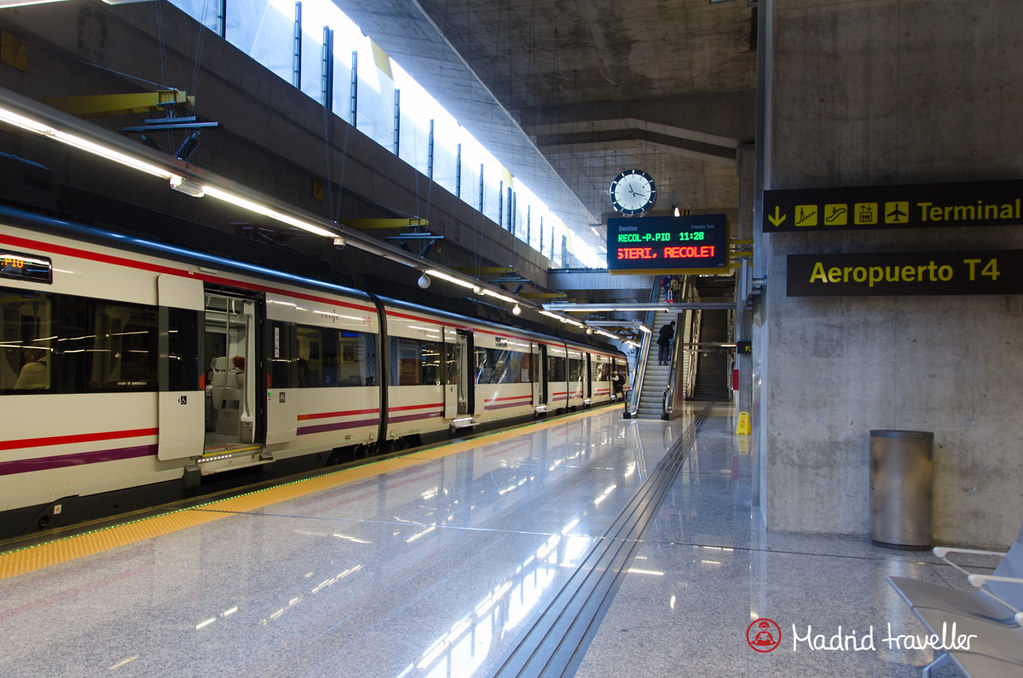

Originally, the flight field was a large circle bordered in white with the name of Madrid in its interior, unpaved, consisting of land covered with natural grass. In the 1930s, flights started to serve some European and African destinations, the first international flights from the airport. The first regular flight was established by Lineas Aéreas Postales Españolas (LAPE) with its route to Barcelona. A small terminal was constructed with a capacity for 30,000 passengers a year, in addition to several hangars and the building of the Avión Club. The airport was constructed in 1927, opening to national and international air traffic on 22 April 1931, although regular commercial operations began two years later. ( May 2023) ( Learn how and when to remove this template message) Please try to keep recent events in historical perspective and add more content related to non-recent events. This section appears to be slanted towards recent events. The airport has five passenger terminals: T1, T2, T3, T4 and T4S.

Consequently, Iberia is responsible for more than 40% of Barajas's traffic. The airport is the primary hub and maintenance base for Iberia and Air Europa. Following the death of former Spanish Prime Minister, Adolfo Suárez, in 2014, the Spanish Ministry of Public Works and Transport announced that the airport was to be renamed Aeropuerto Adolfo Suárez, Madrid–Barajas. Barajas serves as the gateway to the Iberian peninsula from the rest of Europe and the world and is a key link between Europe and Latin America.

The airport name derives from the adjacent district of Barajas, which has its own metro station on the same rail line serving the airport. Within the city limits of Madrid, it is 9 km (6 mi) from the city's financial district and 13 km (8 mi) northeast of the Puerta del Sol or Plaza Mayor de Madrid, Madrid's historic centre. The airport opened in 1931 and has grown to be one of Europe's most important aviation centres. In 2019, 61.8 million passengers travelled through Madrid–Barajas, making it the country's busiest airport as well as Europe's fifth-busiest. At 3,050 ha (7,500 acres) in area, it is the second-largest airport in Europe by physical size behind Paris–Charles de Gaulle Airport. Adolfo Suárez Madrid–Barajas Airport (Spanish: Aeropuerto Adolfo Suárez Madrid-Barajas ) ( IATA: MAD, ICAO: LEMD), commonly known as Madrid–Barajas Airport, is the main international airport serving Madrid in Spain.


 0 kommentar(er)
0 kommentar(er)
